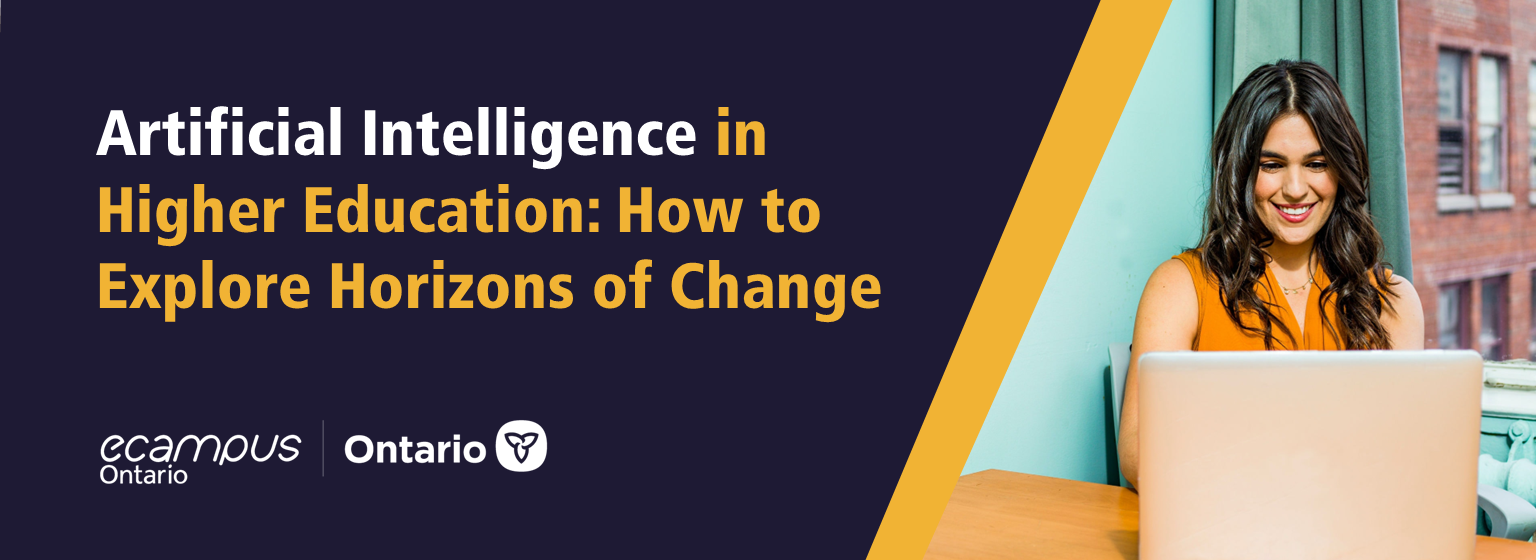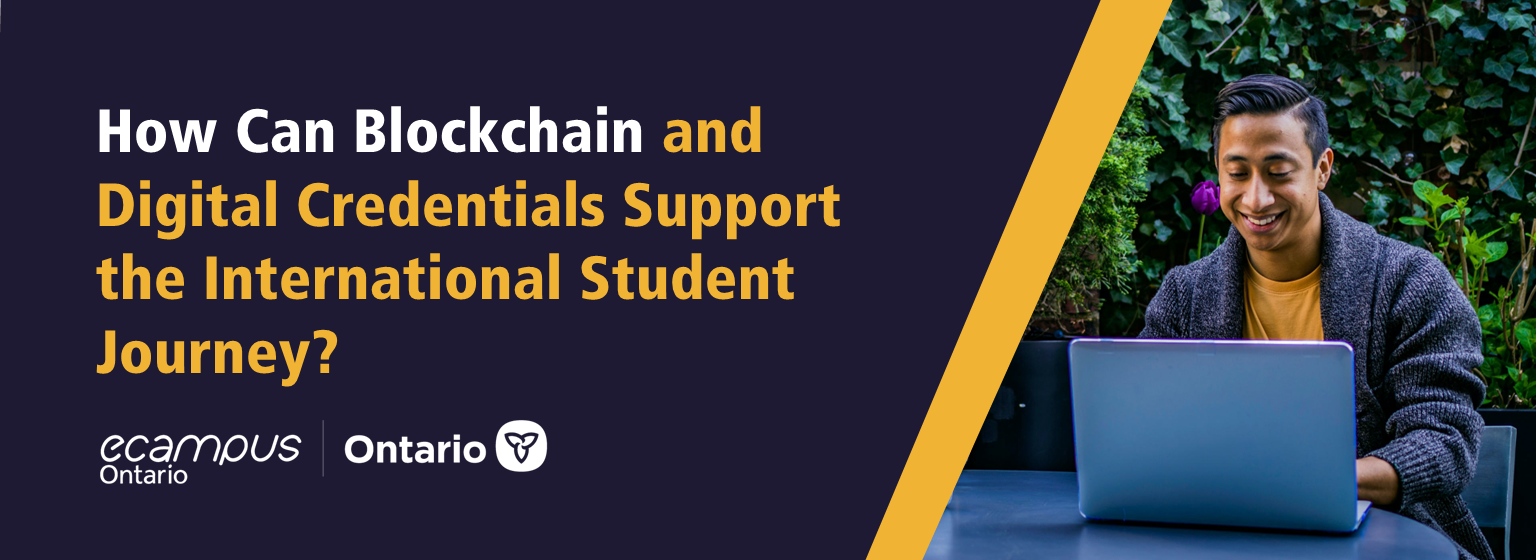
Warning: Undefined variable $post in /var/www/html/rc-ecampus.ecampusontario.ca/wp-content/themes/ecampusontario/functions.php on line 183
Warning: Attempt to read property "ID" on null in /var/www/html/rc-ecampus.ecampusontario.ca/wp-content/themes/ecampusontario/functions.php on line 183
4 min. Read
eCampusOntario OE Fellows on what “Open” means to them
In advance of their presentation at Laurentian University’s CNIE-RCIE 2018 this month, we asked five of the eCampusOntario OE Fellows to describe what “Open” means to them as educators.
Read on for their responses, and don’t miss their panel discussion, “Use of Open Educational Practices (OEP) and Resources (OER) in Ontario” on May 15th, moderated by Dr. David Porter.
What does Open look like in your practice as an educator?
James Skidmore:
“Open in my work as an educator centres on two points: curating and modelling.
In my courses on the culture of German-speaking Europe, I want students to hear a multitude of voices in addition to my own. So I curate articles from various publicly available sources that help them gain a more diverse understanding of the topics being studied. By doing so, I’m trying to model good Open practice by encouraging the students to make use of the variety of information sources available to them, and to think how they can share these sources with others in their studies and in their lives generally.”
Jessica O’ Reilly:
“Open for me means many things. In my teaching practice, Open means inviting and encouraging my students to move away from passive consumption of content toward engaged production and collaboration. In my faculty support role, Open means working alongside other educators in a transparent, inclusive manner. As a doctoral student, Open means unanswered research questions and exciting possibilities. In all contexts, Open means empowerment, access, and potential.”
Laura Killam:
“Using open resources and building a supportive community of educators has been an energizing and empowering experience. Openness is an individualized experience that requires thoughtful contextualization. For some, it may be culturally or professionally inappropriate to share. Part of openness is being non-judgmental of the choices other educators make. I choose to share as much as possible in formats that are easily reused. For me, it is an ongoing process of learning how to share, while critically reflecting on artifacts created to determine what to share and where. Currently, I primarily share information through my domain, email, and YouTube. Moving forward, I continue to explore strategies for expanding the reach and usefulness of these educational materials.”
Helen DeWaard:
“My Open practice as an educator is like a colourful fabric, woven with care. In my practice as an instructor in higher education, my story begins with many threads, some from long ago, others are short and recent. Some threads are merged to existing interwoven networks while others have sudden or uncertain endings.
This fabric of Open becomes a mosaic of moving parts, each thread is an individual, a connection, an event, a reflection. Each colour is connected in some way to the whole of the network. This fabric is woven through blogs, tweets, images, creative makes, video chats, and in a variety of social media tools and resources. Movement within the fabric is less organizational or systemic, more as incremental iterations that shift elements in one direction or another.
Responsibilities for the openness of the fabric lies in my hands as the creator, holder and keeper of the cloth. My Open is a reclaiming of specific autonomy and agency as an educator and learner. This fabric continues to be woven as I pull and weave threads into new patterns to suit my current needs and prospective next steps.”
Aaron Langille:
“For me, above all the other benefits, Open is an opportunity to engage students. Open facilitates learning by removing financial, accessibility and portability barriers. Open fosters connections between instructors and students through increased transparency. Open empowers students by giving them a voice in content consumption, creation and curation. Open sends the message that students matter.”



